Chiropractic Care for Car Accidents in Tampa, FL
Targeted Spine & Joint Recovery at Wesley Chapel Spine and Sports Medicine
CAR ACCIDENT DOCTOR TAMPA
Why Chiropractic Care Matters After a Collision
A sudden collision unleashes forces your body was never meant to absorb. Even at speeds below 20 mph, a 3,000-pound vehicle can generate enough acceleration to whip the head, distort the spine, and stretch soft tissue far past its limits. You may walk away thinking, “I’m fine.” Yet days—or even weeks—later, stiffness, headaches, burning nerve pain, or numbness reveal the injury that was brewing beneath the surface.
That is exactly where chiropractic care for car accidents shines. While emergency rooms clear life-threatening trauma, chiropractic physicians track down the subtle misalignments, joint restrictions, disc injuries, and nerve irritations that transform a “minor” fender-bender into months of pain. At Wesley Chapel Spine and Sports Medicine, we blend evidence-based chiropractic techniques with onsite medical, neurological, and rehabilitative services, giving Tampa patients a single destination for comprehensive post-crash recovery.
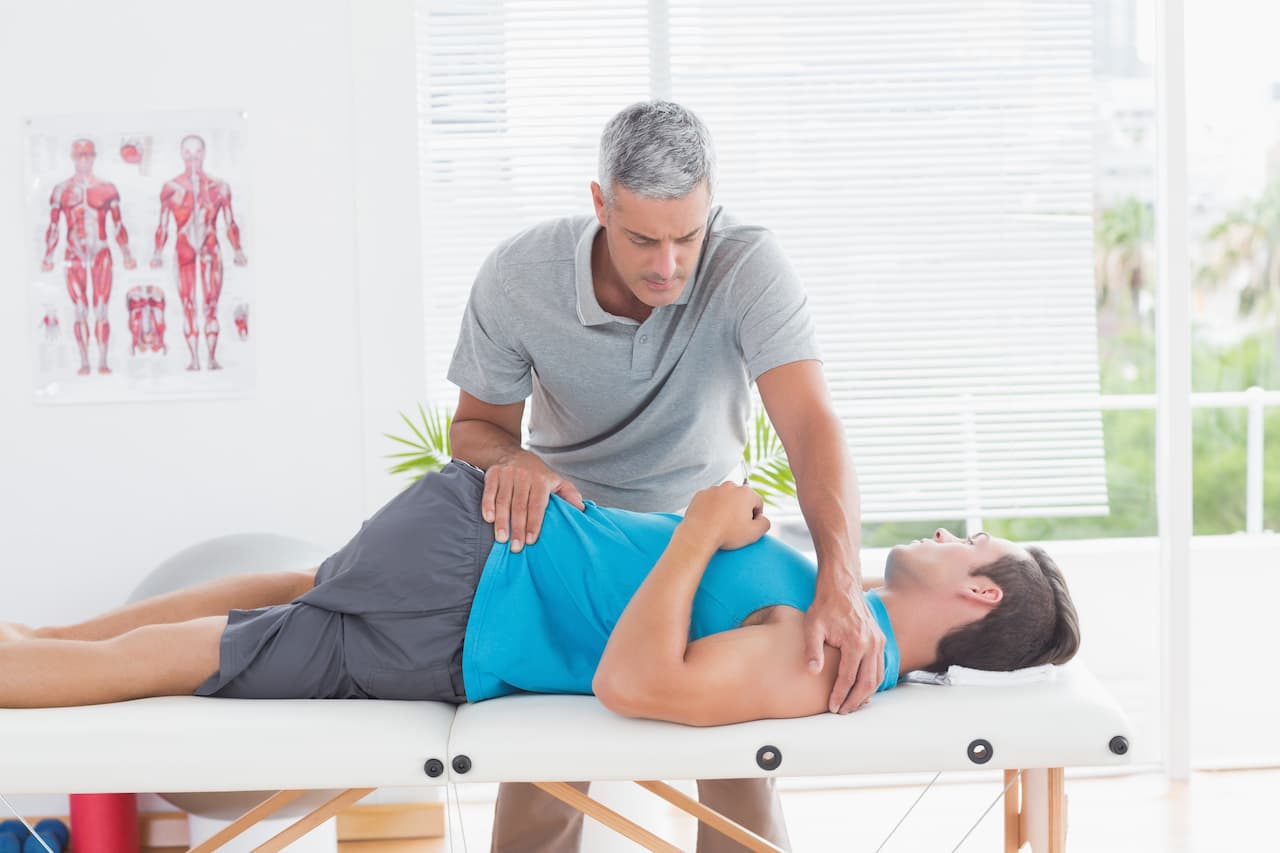
years of experiences
Fast Facts Every Crash Victim in Florida Should Know
Key Point
Why It Matters to You
What Sets Our Car Accident Chiropractors Apart
Board-Certified Chiropractic Physicians
With additional training in accident biomechanics, crash reconstruction, and impairment rating.
Digital Motion X-Ray &
MRI Referrals
To quantify ligament laxity and disc injury, strengthening your personal injury case.
Documentation Built
for Court
SOAP notes, radiology reports, impairment ratings, and narrative summaries formatted so insurance adjusters and attorneys can’t ignore them.
Integrated Medical Team
Under one roof—family medicine, pain management, physical therapy, and neurology—for seamless referrals when imaging, injections, or concussion testing are needed.
Evidence-Based Protocols
Drawn from current guidelines of the American College of Physicians, Council on Chiropractic Guidelines & Practice Parameters (CCGPP), and Florida PIP statutes.
The Biomechanics of Whiplash
— A Deeper Look
During a rear-end crash, the torso is propelled forward while the head lags behind, creating an S-shaped curve through the cervical spine within 150 milliseconds—faster than you can blink. That rapid snap:
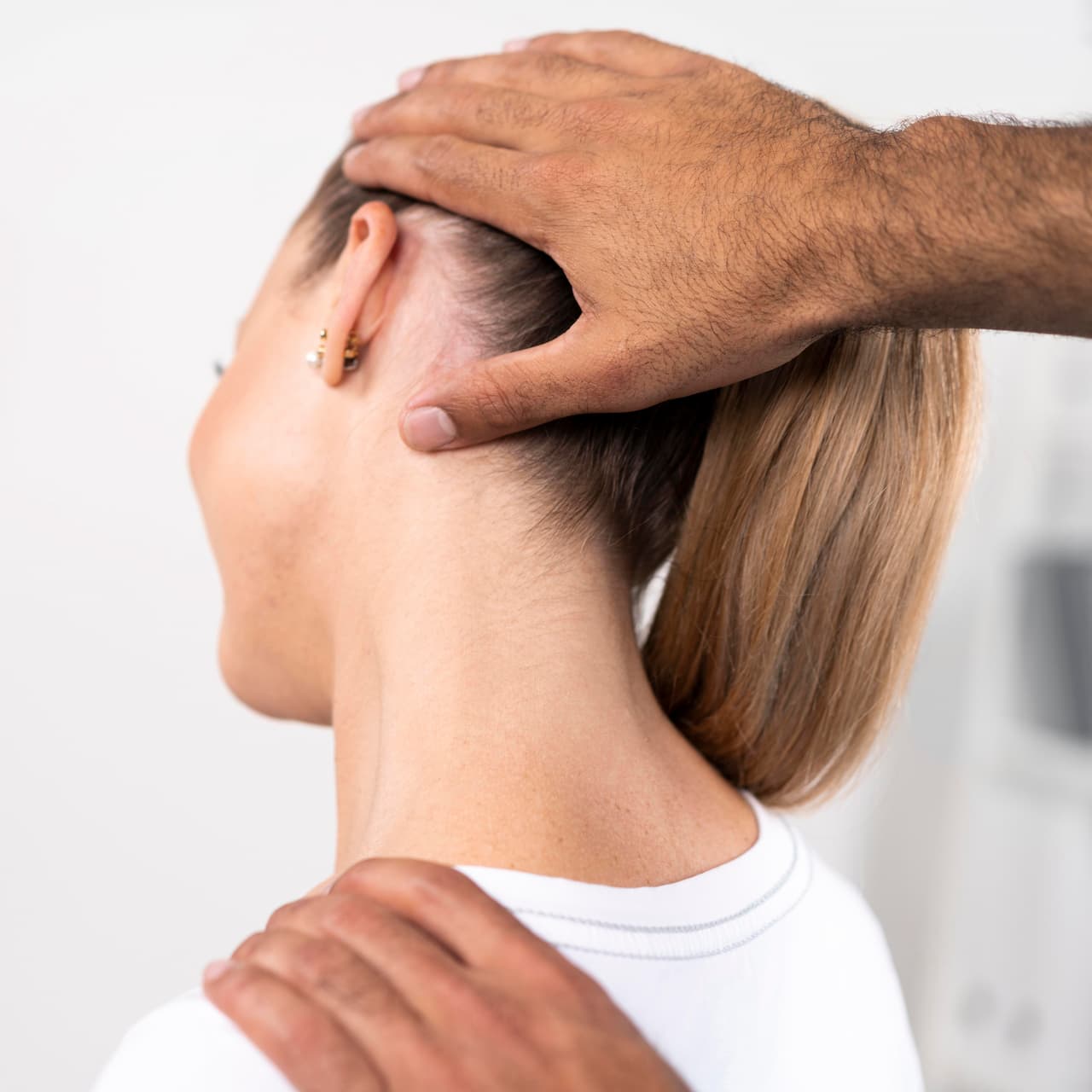
Standard X-rays taken in the ER often show “no fracture.” Yet functional MRI studies reveal disc bulges and ligament tears days later. Chiropractic physicians are uniquely trained to correlate subtle exam findings—tender joint lines, paraspinal muscle spasm, decreased segmental motion—with the mechanism of injury, then correct those dysfunctions through precise adjustments and rehabilitative exercise.
Techniques We Employ
Ideal For
How It Helps
Diversified Manual Adjusting
Facet joint restrictions, rib dysfunction
Restores joint play, reduces pain mediators, normalizes proprioception
Thompson Drop-Table
Acutely inflamed patients
Low-amplitude thrust with minimal
soft-tissue strain
Activator Method
Osteoporosis, postsurgical fusions
Instrument delivers controlled 0.3 J impulse, safe for fragile spines
Flexion-Distraction (Cox)
Lumbar disc bulge, radiculopathy
Decompresses discs, opens foramina,
pumps nutrient fluids
Cervical Decompression Traction
Cervical disc herniation,
nerve root compression
Reduces intradiscal pressure, retracts bulging material
Graston / IASTM
Myofascial adhesions, scar tissue
Breaks cross-bonds, stimulates
fibroblast remodeling
Cold Laser Therapy
Acute inflammation, ligament sprain
Speeds ATP production, cutting healing
time up to 50 %
Your First Visit — What to Expect
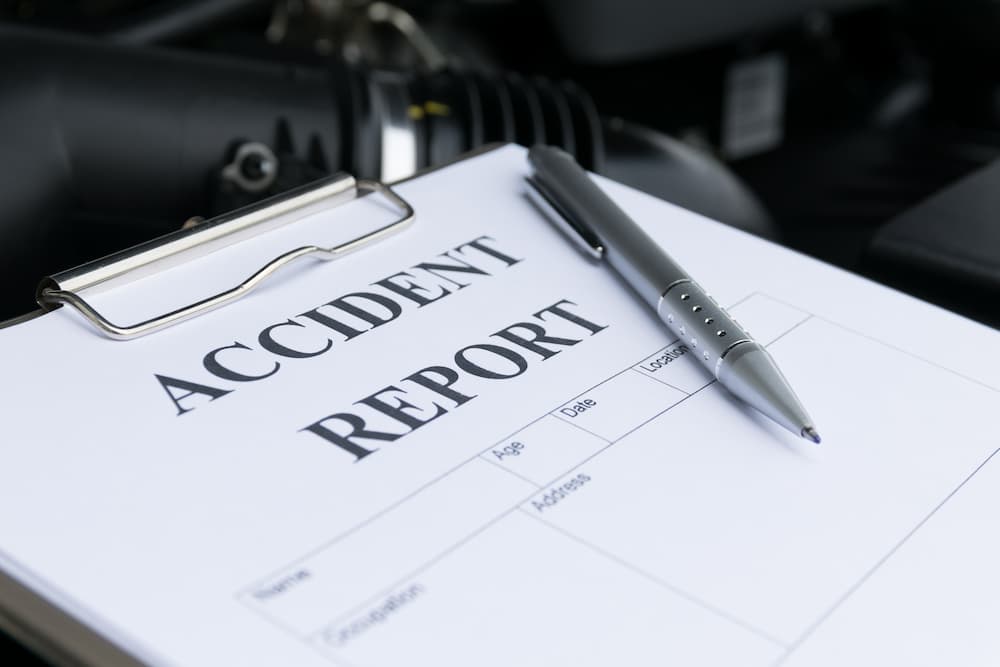
- Direction and speed of impact
- Seat-belt, head-rest, and air-bag deployment variables
- Immediate vs. delayed symptoms
Detailed Crash History
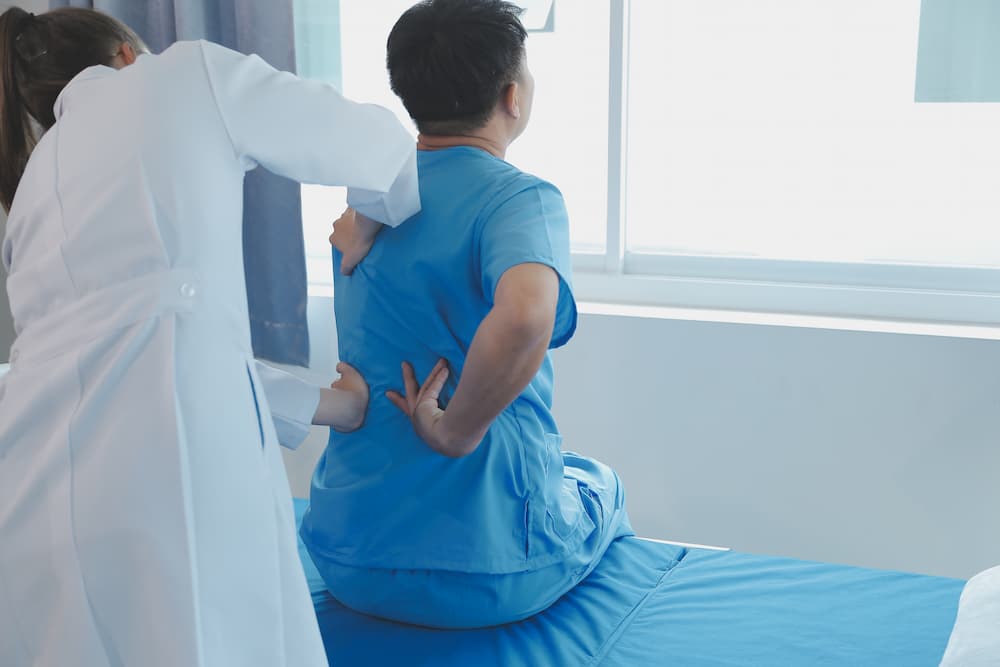
- Cervical and lumbar range-of-motion in all planes
- Myotome, dermatome, and deep tendon reflex testing
- Provocative tests (Jackson, Spurling, Kemp, Yeoman) to isolate injured structures
Orthopedic & Neurological Examination
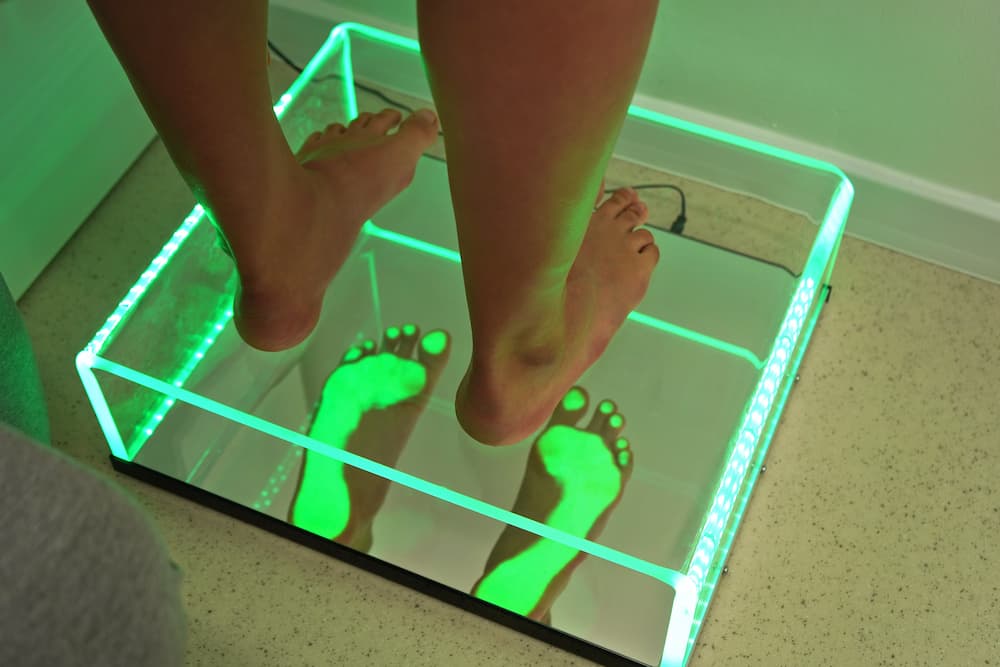
Using digital inclinometry and foot-scan technology.
Postural & Gait Analysis
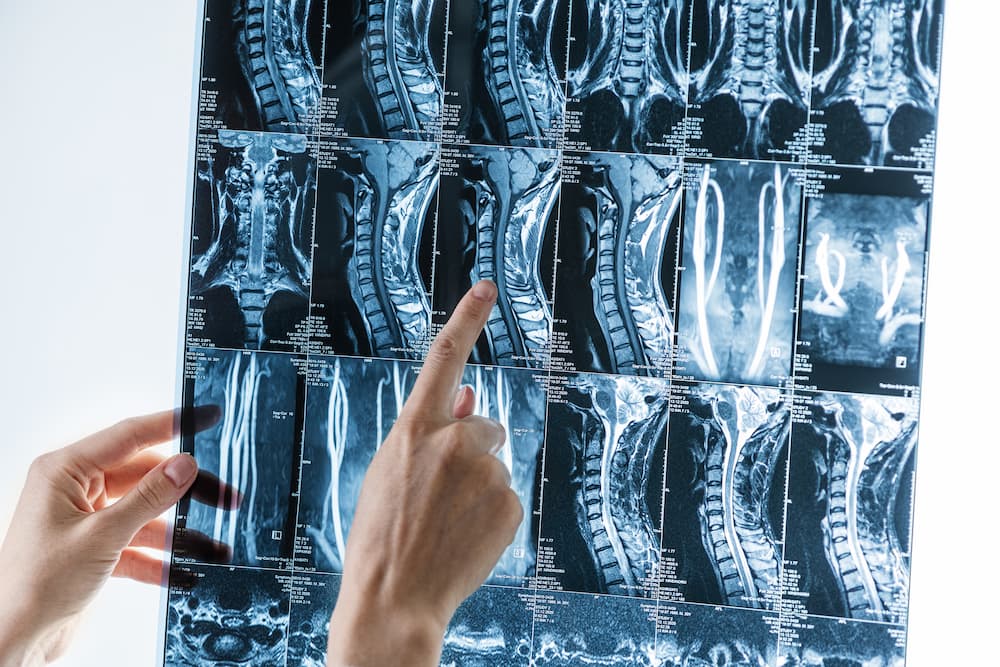
- Digital X-ray (onsite) to rule out fracture or gross instability
- MRI referral when disc, nerve root, or ligamentous injury is suspected
- CT, DTI, or motion-X-ray in complex cases
Imaging Orders
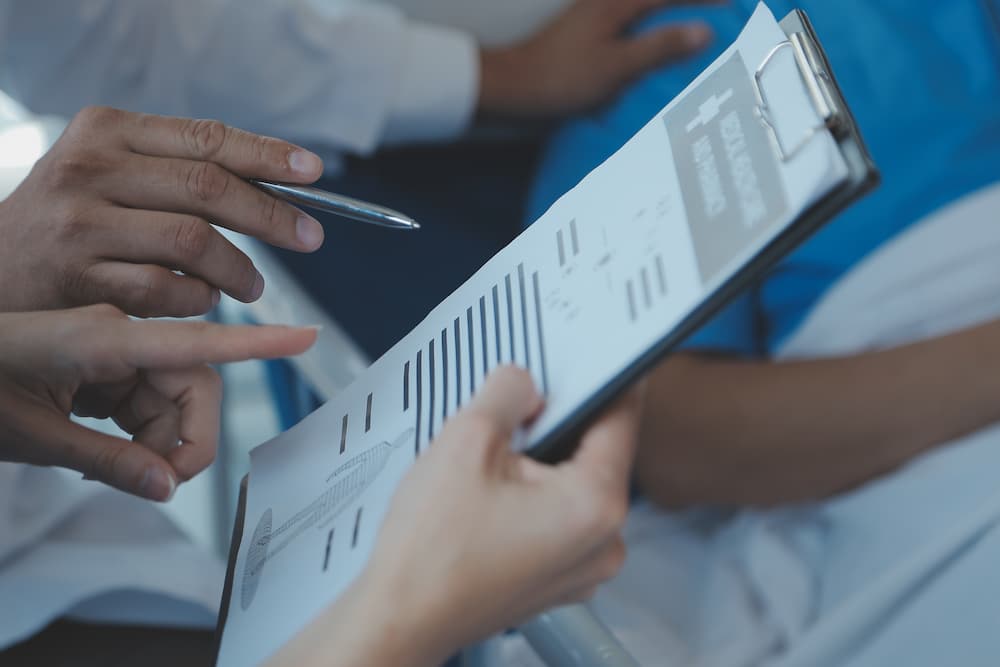
- We explain every abnormal finding in plain English.
- Typical plan: 2–3 visits per week for 4–6 weeks, tapering as function improves.
- Integration with physical therapy, soft-tissue release, and medical pain management as needed.
Report of Findings &
Care Plan

- Gentle chiropractic adjustment tailored to acute post-collision tissue tolerance (instrument adjusting, drop-table, or low-force manual).
- Myofascial release and K-Tape for inflammatory control.
- Cryotherapy or Class IV laser to accelerate healing.
Same-Day Treatment
Phase-Based Healing Timeline
Integrating Chiropractic With Our Multidisciplinary Team
The Research Behind Post-Crash Chiropractic
Common Myths Debunked
Phase-Based Healing Timeline
- Acute Phase (0–14 days)
- Goal: Control inflammation, protect injured tissue, maintain mobility.
- Treatment: Gentle low-force adjusting, cryotherapy, anti-inflammatory nutrition guidance, possible muscle relaxant prescription by medical team.
- Sub-Acute Phase (2–6 weeks)
- Goal: Restore normal range of motion, begin neuromuscular re-education.
- Treatment: Diversified or drop-table adjusting, myofascial release, supervised therapeutic exercise.
- Rehabilitative Phase (6 weeks–3 months)
- Goal: Strengthen stabilizer muscles, correct postural faults, resolve proprioceptive errors.
- Treatment: Progressive resistance training, balance platforms, home-exercise programming.
- Maintenance / Wellness
- Goal: Prevent relapse, reinforce spinal health, support long-term lifestyle changes.
- Treatment: Monthly or quarterly check-ups, ergonomic coaching, ongoing exercise review.
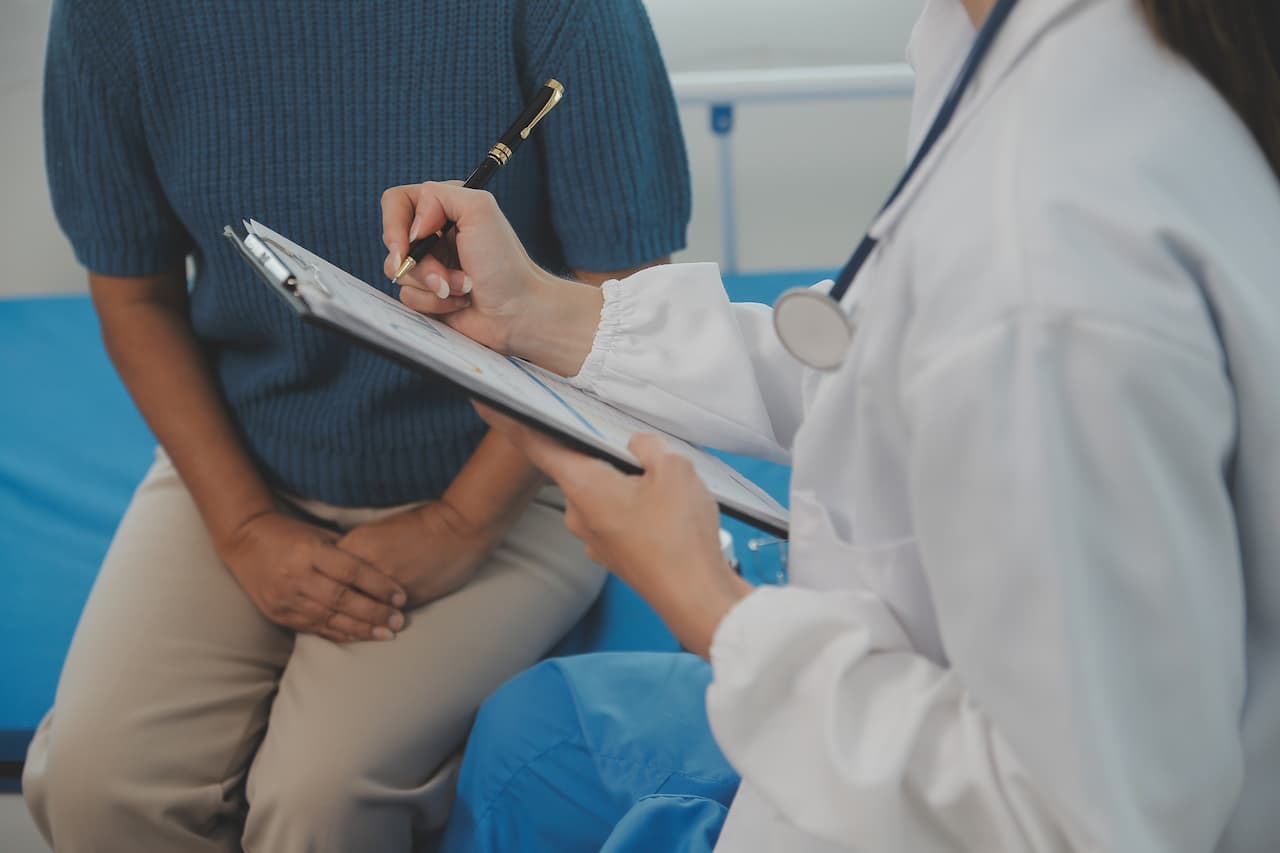
Integrating Chiropractic With
Our Multidisciplinary Team
- Medical Pain Management: Epidural steroid injections or trigger-point injections are coordinated when conservative care needs an extra boost.
- Neurology: Persistent dizziness, memory issues, or visual disturbance triggers a concussion work-up with our neuro-diagnostic partners.
- Physical Therapy: Joint mobilization transitions to active strengthening in our onsite rehab suite.
- Diagnostic Imaging: In-house radiology techs capture weight-bearing films; offsite MRI centers fast-track our patients within 24 hours.
- Legal Liaison: Our case coordinators send narrative reports, bills, and impairment ratings directly to your personal-injury attorney, ensuring documentation aligns with Florida civil statutes.
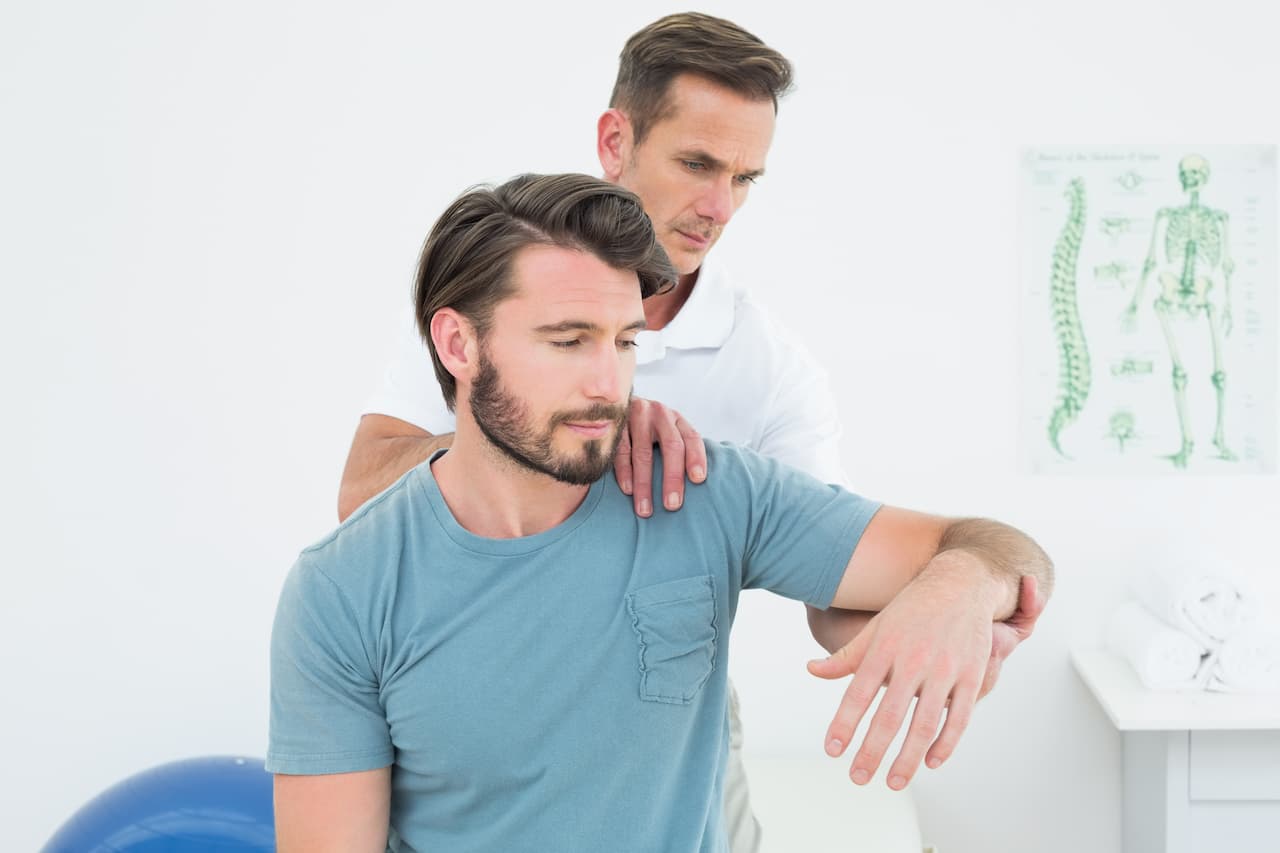
The Research Behind Post-Crash Chiropractic
- Journal of Orthopaedic Medicine (Vol 22, 2000) reported 93 % improvement in chronic whiplash patients receiving cervical chiropractic adjustments.
- A 2018 European Spine Journal study showed spinal mobilization reduces inflammatory cytokine IL-1β, correlating with pain decrease.
- Spine (2019) demonstrated that multimodal chiropractic care lowered opioid prescriptions by 55 % over 12 months compared with primary-care-only management.
These data confirm what decades of clinical practice reveal daily: restoring spinal biomechanics early limits chronic pain syndromes and reduces reliance on medication.
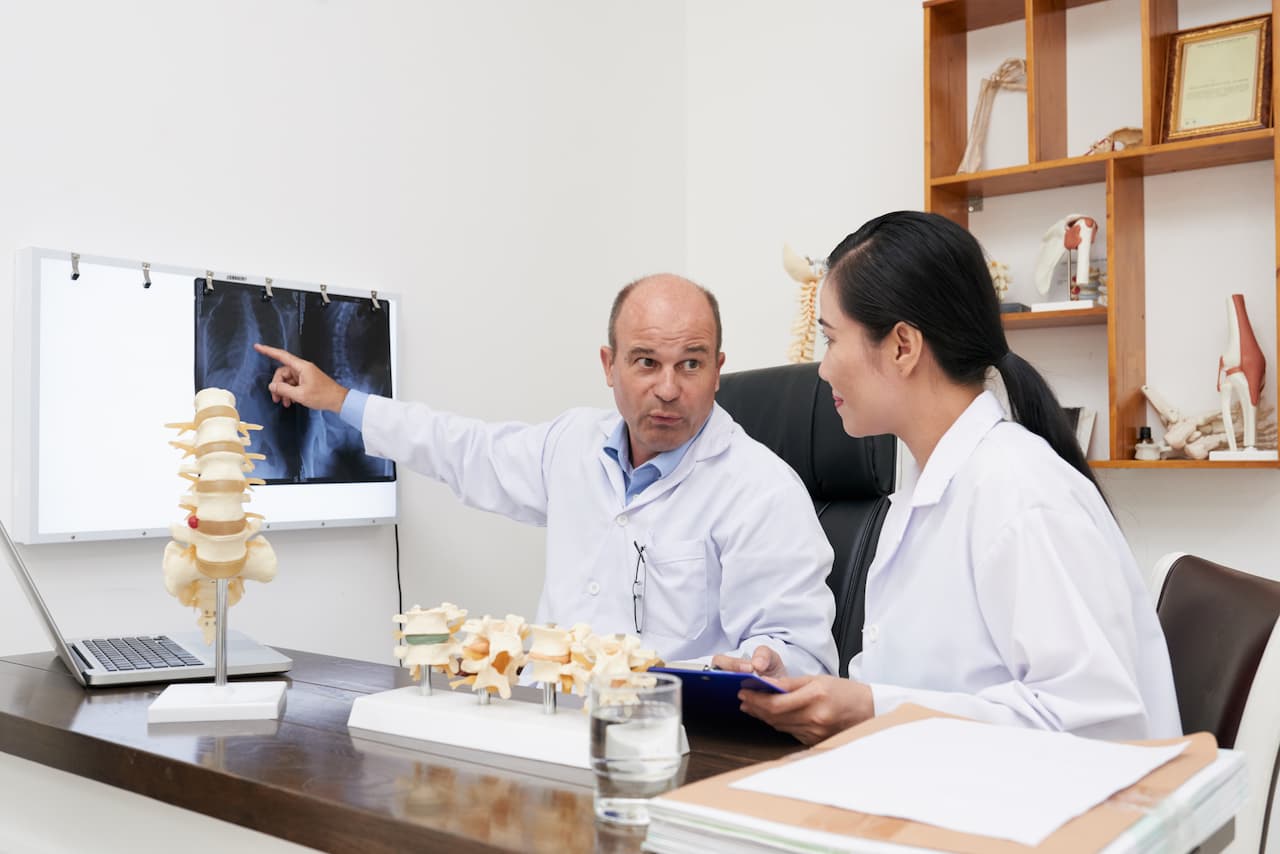
Common Myths Debunked
- Myth: “If nothing is broken, I don’t need treatment.”
Fact: Ligament sprain and disc injury are often invisible on plain film X-ray yet cause lifelong pain if ignored.
- Myth: “Chiropractors only crack backs.”
Fact: Modern chiropractic is a full-spectrum musculoskeletal profession encompassing rehab, neurology, and evidence-based adjunctive therapies.
- Myth: “Adjustments are dangerous.”
Fact: Serious adverse events are estimated at 1 per 2 million cervical adjustments—safer than taking NSAIDs for two weeks.


CAR ACCIDENT DOCTOR TAMPA
Our Commitment to Tampa’s Crash Victims
Same-Day Appointments for acute injuries
24/7 Hotline for existing patients—speak with
a clinician after hours
Bilingual Staff (English & Spanish)
No-Surprise Billing policy—every charge explained
before it occurs
State-of-the-Art Facility with digital radiography, Class IV laser, and decompression suites
Frequently Ask Question
Frequently Asked Questions
Will the adjustment hurt?
No. We tailor force and technique to the acute nature of your injury. Many patients feel immediate relief and improved range of motion.
How many visits will I need?
Typical car accident cases require 18–24 visits spread over 8–12 weeks, followed by periodic reassessment. Severe disc or ligament injuries may extend that timeline.
Do I pay anything upfront?
Florida PIP usually covers 80 % of medical expenses up to $10,000. If another driver’s liability insurance or a letter of protection (LOP) is involved, we may defer all billing until settlement.
What if my MRI shows a disc herniation?
Disc herniations respond well to flexion-distraction therapy and decompression traction performed by our chiropractors. If neurological deficit progresses, our pain-management physician can provide targeted injections.
Can I get treated if I was at fault?
Yes. PIP is no-fault—coverage applies regardless of who caused the crash.
I’ve already seen the ER doctor. Do I still need chiropractic?
Emergency rooms rule out fractures and internal bleeding. They rarely assess spinal mechanics. Chiropractic picks up where ER care stops, correcting joint and soft-tissue injuries before they hard-wire into chronic pain.
Ready to Reclaim a
Pain-Free Life?
The sooner you correct post-crash spinal dysfunction, the faster you regain strength, drive confidence, and quality of life. Don’t gamble with persistent pain or a weakened legal claim.
Wesley Chapel Spine and Sports Medicine — Trusted car accident doctors in Tampa dedicated to precise diagnosis, integrated care, and documented results that stand up in court.
Address
Tampa, FL 33647
Phone
(813) CAR-RECK
Book Your Consultation Today!

